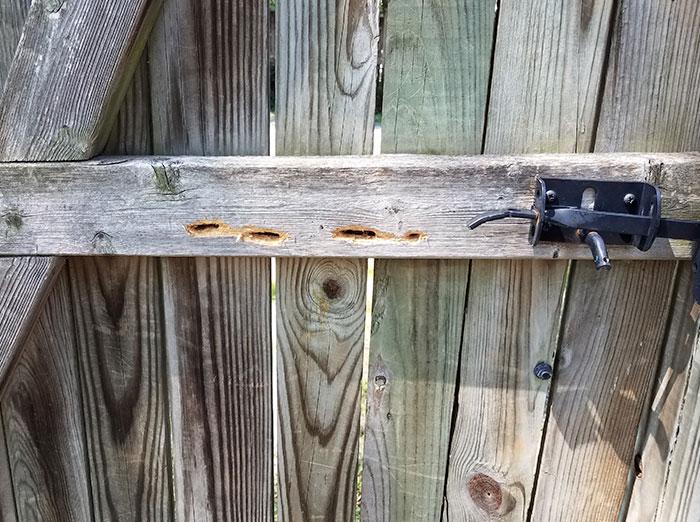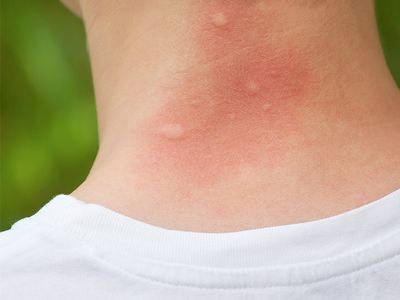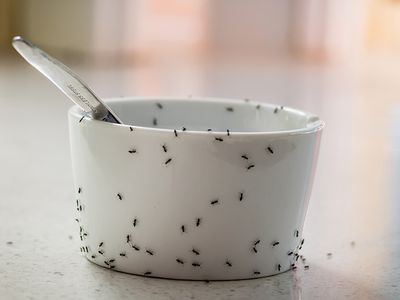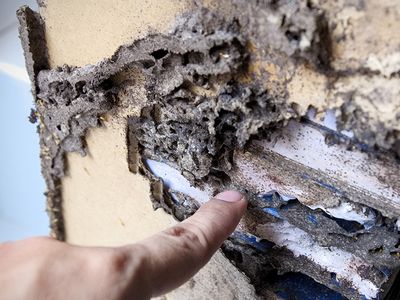Carpenter Bees - More Than Just A Nuisance!
In the late-spring and early summer, homeowners often notice large black bees hovering around the outside of their homes. These large bees have a slight resemblance to bumble bees, but their bare shiny black abdomen is the best way to recognize them as carpenter bees.

Carpenter bees are much more than just a buzzing nuisance in the yard
Carpenter bees can cause serious damage as they bore holes in wood to create tunnels and nests to lay their eggs.
Additional damages can be inflicted on a home or a surrounding structure by woodpeckers. Carpenter bee larvae are noisy and can attract woodpeckers who will peck holes along the tunnels, to feed on the larvae. Often it is the pecking sounds or the visual damage caused by woodpeckers that will first alert a homeowner to the presence of carpenter bees.
Male carpenter bees are the most aggressive, hovering in front of people that get near their nests, however male carpenter bees do not have stingers. Female carpenter bees do have stingers, but will usually only sting if provoked (e.g. handled or stepped on).
What attracts carpenter bees?
Carpenter bees are attracted to soft wood such as cedar, pine, redwood, and cypress. These stinging insects prefer wood that is bare, weathered, and unpainted. They may target typical wooden objects found on and around the home including:
- Decks
- Wooden shingles
- Fascia boards
- Fences and fence posts
- Windowsills
- Outdoor wooden lawn furniture
What to do if you find carpenter bees on your property
Experiencing a problem with these wood destroying bees? Your best bet is to call the professionals at Getem Services today!
























